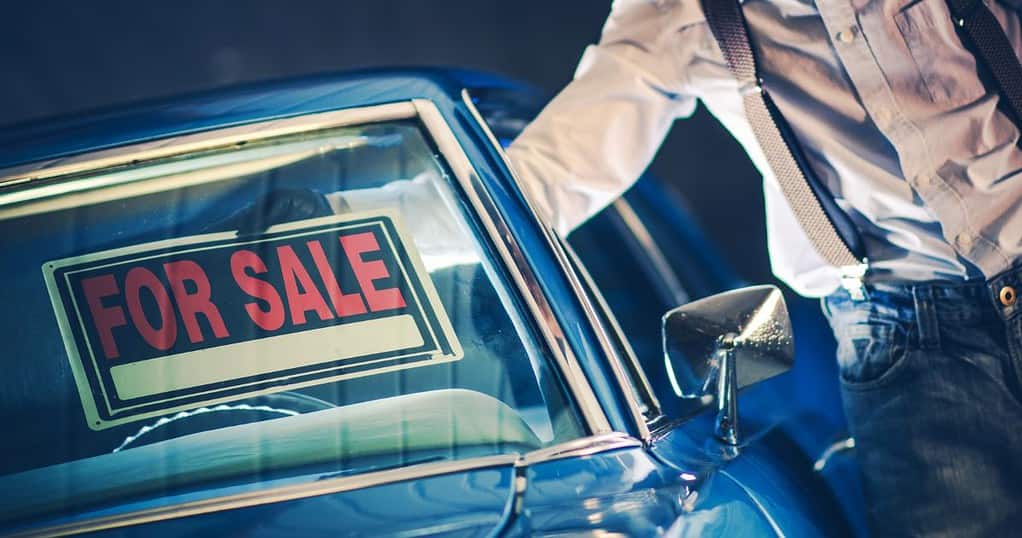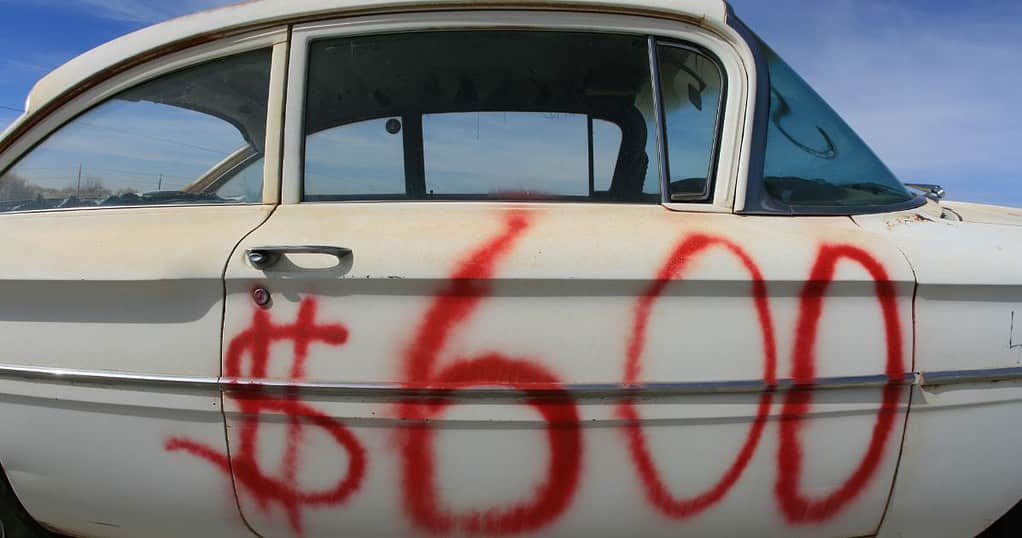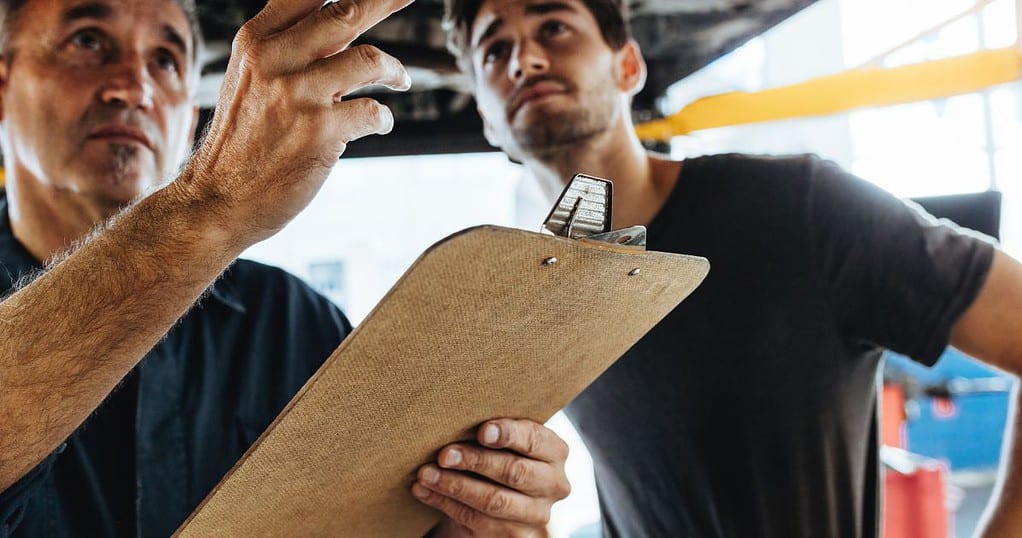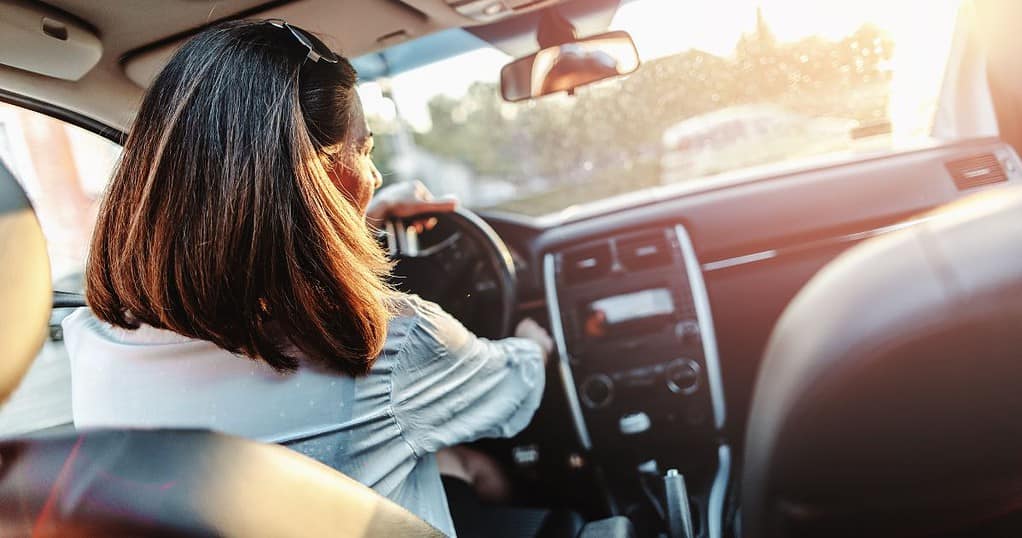Buying a Used Car from a Private Seller: Tips and Tricks
Buying a used car can be a great way to save money, but it can also be a risky proposition. When you buy a car from a private seller, you don’t have the same protections that you would if you bought from a dealership. However, if you do your homework and take the right steps, you can minimize your risk and get a great car at a great price.

The first step in buying a used car from a private seller is to do your research. You should research the make and model of the car you’re interested in, as well as the current market value. This will give you an idea of what you should expect to pay for the car, and it will also help you identify any potential problems or issues that you should be aware of.
Once you’ve done your research, you should start looking for cars that meet your criteria. You can find listings online, in classified ads, or by word of mouth. When you find a car that you’re interested in, you should contact the seller and ask any questions you may have. You should also ask to see the car in person and take it for a test drive. If everything checks out, you can move forward with the purchase.
Researching the Car
Before buying a used car from a private seller, it is essential to do your research to ensure you are getting a reliable vehicle. Here are some things to consider:
- Vehicle history report: Obtain a vehicle history report to check for any accidents, damages, or title issues. This report can be obtained from websites such as Carfax or AutoCheck.
- Maintenance records: Ask the seller for maintenance records to see if the car has been well-maintained. Regular maintenance can prolong the life of a vehicle.
- Test drive: Take the car for a test drive to check for any unusual noises, vibrations, or handling issues. Pay attention to the brakes, steering, and suspension.
- Inspection: Have a mechanic inspect the car to check for any hidden issues that may not be visible during a test drive. This can save you from costly repairs in the future.
Keep in mind that researching the car may take some time and effort, but it can save you from buying a lemon. Don’t rush into a purchase without doing your due diligence.

Inspecting the Car
Before making a purchase, it is important to thoroughly inspect the car to ensure that it is in good condition. I always recommend hiring a mechanic to do a pre-purchase inspection. It’s always cheaper to spend a little money upfront than buy a car and have a catastrophic failure just days or weeks after buying.
However, if you want to inspect the car yourself, here are some key areas to check:
- Exterior: Look for any dents, scratches, or rust on the body of the car. Check the tires for wear and tear and make sure they are properly inflated.
- Interior: Check the seats, dashboard, and carpet for any signs of damage or wear. Test all of the car’s features, including the air conditioning, radio, and power windows.
- Under the hood: Check the oil and other fluid levels, and look for any leaks or damage to the engine. Check the battery and make sure all belts and hoses are in good condition.
- Test drive: Take the car for a test drive to see how it handles on the road. Listen for any unusual noises and pay attention to the brakes and steering.
It is also a good idea to get a vehicle history report to check for any accidents or other issues with the car. If you are not confident in your ability to inspect the car yourself, consider hiring a mechanic to take a look before making a purchase.

Section 4: Test Driving the Car
Before making the purchase, it is crucial to test drive the car. This will help you determine if the car is in good condition and if it meets your expectations. Here are some important things to keep in mind during the test drive:
- Start the engine and listen for any unusual noises or vibrations.
- Check the brakes by pressing down firmly on the pedal. They should feel firm and responsive.
- Test the steering by turning the wheel left and right. It should feel smooth and responsive.
- Accelerate and decelerate to test the transmission and engine performance.
- Test the air conditioning and heating systems to make sure they are functioning properly.
During the test drive, pay attention to how the car handles and feels. If something feels off, be sure to ask the seller about it. It is also a good idea to test drive the car on different types of roads, such as highways and side streets, to get a better sense of how it performs in different conditions.
Remember, if you are not comfortable with the way the car drives, it may not be the right one for you. Don’t be afraid to walk away if you have any doubts or concerns.

Negotiating the Price
Once you’ve found a used car that you’re interested in, it’s time to negotiate the price with the private seller. Here are some tips to help you get a fair deal:
- Do your research: Before you start negotiating, make sure you know the market value of the car you’re interested in. Check websites like Kelley Blue Book and Edmunds to get an idea of what the car is worth.
- Start low: Don’t be afraid to make an initial offer that’s lower than the asking price. This gives you room to negotiate and can help you get a better deal.
- Point out any issues: If you notice any issues with the car, be sure to mention them during the negotiation. This can give you leverage to negotiate a lower price.
- Be willing to walk away: If you can’t come to an agreement on the price, be prepared to walk away. There are plenty of other used cars out there, and you don’t want to overpay for a vehicle.
Remember, negotiating the price of a used car can be a delicate process. Be respectful and courteous, but also firm in your negotiations. With a little bit of research and preparation, you can get a great deal on a used car from a private seller.

Finalizing the Sale
After you have agreed on the price and inspected the car, it’s time to finalize the sale. Here are the steps to follow:
- Get a bill of sale: This is a legal document that shows proof of ownership transfer. It should include the sale price, the date of sale, the make and model of the car, and the names and signatures of both the buyer and the seller.
- Pay for the car: You can pay in cash or by cashier’s check. Avoid paying by personal check since it can take a few days to clear, and the seller may not want to release the car until the check clears. (Buy a car with Paypal)
- Transfer the title: The seller should sign over the title to you. You will need to take this to your local DMV or Secretary of State office to transfer the title into your name. You may also need to pay a transfer fee and sales tax.
- Register the car: Once you have the title in your name, you will need to register the car with your state’s DMV or Secretary of State office. You will need to provide proof of insurance and pay a registration fee.
- Get a receipt: Make sure you get a receipt from the seller as proof of payment. This should include the date, the amount paid, and the make and model of the car.
By following these steps, you can ensure that the sale is legal and that you are the rightful owner of the car. Remember to keep all the paperwork in a safe place, including the bill of sale, title, registration, and receipt.
